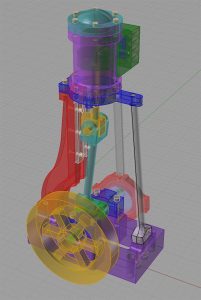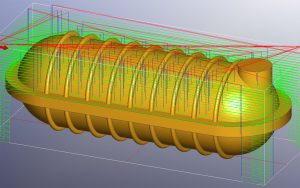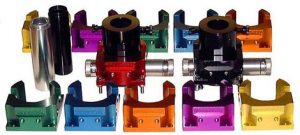To get started in CNC, you must understand the CNC Basics. This guide will help you find top CNC tutorials suitable for beginners. We'll guide you on the critical concepts you need to learn and the sequence to follow. An excellent roadmap that segments the CNC Basics into easy-to-understand tutorials is unbeatable, as it enables any novice to quickly grasp the concepts.
That's exactly what this article is: a Beginner's Roadmap for how to Learn CNC!

CNC Basics: Big Picture & Concepts
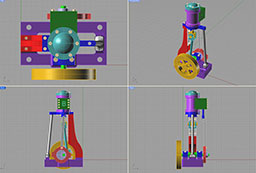
Personally, I always start with the big picture and basic concepts. They're the foundation for deeper understanding, and the give you that all-important overview of how the big pieces go together in the puzzle. Once you've got the CNC Basics down, you can drill down and learn cnc in bite-sized chunks.
This Big Picture View will seem pretty normal if you're planning to make your living in the CNC Manufacturing world. But, for many hobbyists, they want to jump in and buy or build a CNC machine right away.
Here's the thing-learn the CNC Basics first before you try to acquire a machine. Understanding these CNC basics will help you understand your potential new machine's specs and documentation. They'll help you understand what people on forums (great learning resources!) are talking about. This can potentially save you money and frustration. Once you've got at least an overview of the basics, move on to researching how much cnc machines cost.
Here's the Big Picture to help you get your arms around those CNC basics fast.
Big Picture: Step-By-Step Guide to Making CNC Parts
There are 9 steps to make a CNC part described below. Click on the title of any to drill down and see details for each step.
1
Design Idealized Part ▶
Deliverable: Create an Idealized CAD Model of the Part
Design the part in the CAD software based on sketches, photos, specifications, and any other ideas we have for the part. The part is "Idealized" because we haven't done any serious homework yet to evaluate how easy it will be to manufacture the part. Experienced Designers will have avoided many manufacturing problems at this stage while Beginners will discover they need to change quite a bit to make the part easy to manufacture.
2
Modify Design for Manufacturing Needs ▶
Deliverable: Finished CAD Model + Setup Sheet Outline that is a plan for how to manufacture the part
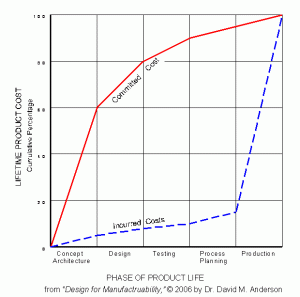
80% of the cost to manufacture a product is determined at Design Time...
In this step, we will evaluate how easy it is to manufacture our part, change the design as desired to make it easier to manufacture, and arrive at a plan for how to manufacture the part which we'll capture in our Setup Sheet Outline.
3
CNC Programming ▶
Deliverable: G-Code Part Program + Finished Setup Sheet
Using MeshCAM to create a G-Code Part Program...
Armed with a CAD model and our Setup Sheet Outline, we're ready to dive into CAM, Conversational Programming, Hand Coding, or whatever method we want to use to create a G-Code Part Program.
4
Machine Setup ▶
Deliverable: CNC Machine is Setup to Run the Part
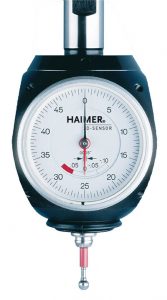
Setup is where we get the CNC Machines all ready to run the part. We need to make sure it has all the right tools in the tool changer, the right gcode program loaded, and in general that the machine is ready to go.
5
Program Proofing ▶
Deliverable: Program is Proven, Ready to Run the Part
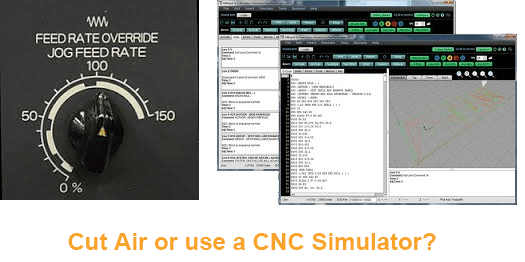
Proofing the program is the last step before we actually make real cuts. The goal of proofing is to verify the program is correct and the CNC machine is setup correctly so that there will be no problems when the g-code is run for the first time. Proofing can be done either by Cutting Air (simple but very time consuming) or by using a CNC Simulator (also called a G-Code Simulator).
Click the section title to drill down and see which is better.
6
Machine the Part ▶
Deliverable: CNC'd Parts
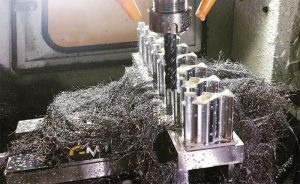
After all the preparation, we're finally ready to make some chips and machine a CNC part.
7
Manufacturer Quality Control and Part Inspection ▶
Deliverable: Inspected Parts, Ready for Finishing
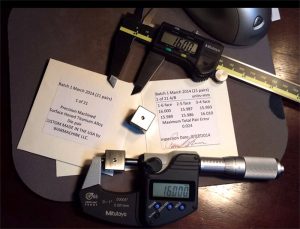
Having finished the CNC machining, it's time for Quality Control. We'll inspect the parts to make sure they meet the desired specifications, tolerances, and surface finishes. But first, most parts will need deburring. See our article on Deburring Tools for Metal to learn more.
8
Finishing ▶
Deliverable: Part is Finished!
Our last step involves finishing the parts. It's optional, as our parts may not require it. But, there are many forms of finishing possible ranging from paint, to anodizing, to bead blasting, and more.
CNC Basics: The CNC Software Stack
Now you've got the Big Picture for How CNC Parts are Made. Cool beans! That's an awesome framework to help file away future CNC learnings and concepts.
Let's get another framework in place: The CNC Software Stack.
By "CNC Software Stack" I mean, "What are the different CNC Software packages used and how do they fit together?"
There’s a fair amount of different software that is involved when making a part with CNC. At the very least that includes a CAD program with CAM (or perhaps Conversational CNC instead of CADCAM, but let’s start with CAM as a newbie) to generate the g-code, and your machine controller, which turns that g-code into machine motions that make your part for you. There’s a lot of other software out there that you’ll hear about and wonder about. It’s helpful to get a mile-wide-but-inch-deep overview of what all that software does and how it fits together. You won’t need all of it to get started, but it’s still worth understanding it because it’ll help you understand a lot more about the workflows going from a design concept to a finished part at the software level.
To help folks understand the CNC Software Stack better, we wrote an article called CNC Software: Digital Tooling for CNC that explains all about what kinds of CNC software are available and how it all fits together. Here’s a diagram that shows how the most important pieces of software work together:
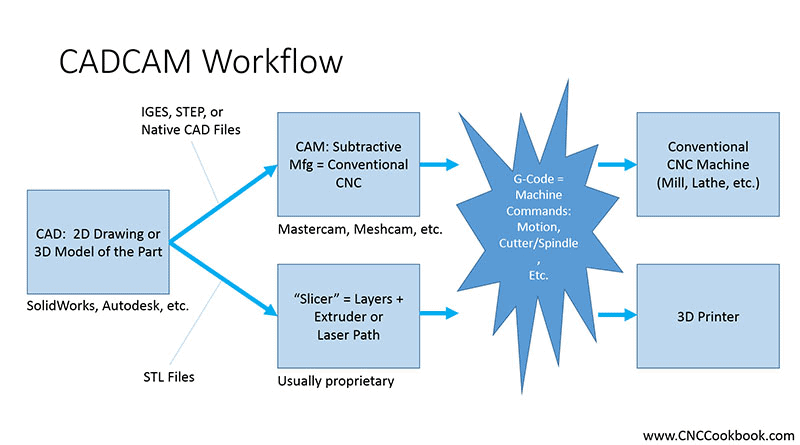
That article gives you the overview and background. Even better is our Beginner’s Guide to the Best CAD CAM Software. It’s laser-focused on exactly the software Beginners need to get started. Even better, it’s chock full of buyer’s guides, evaluation tips, learning help, and even a guide to the secret deals on the Internet that will let you buy the most popular software uber cheap. Check it out!
3 Awesome Software Packages to make you a Better CNC'er
G-Wizard Calculator
Master Feeds & Speeds to Stop Breaking Tools.
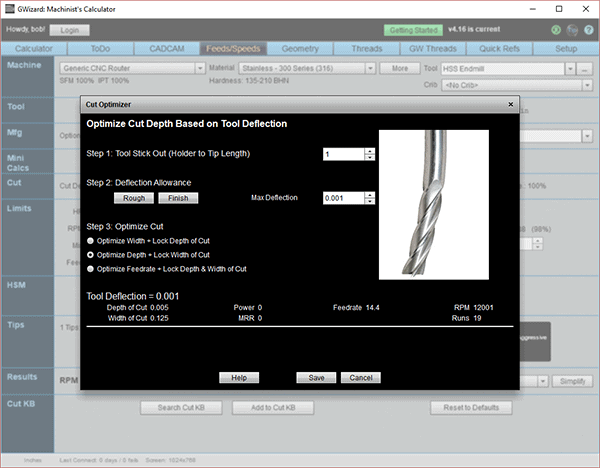
MeshCam
The World's Easiest CAM.
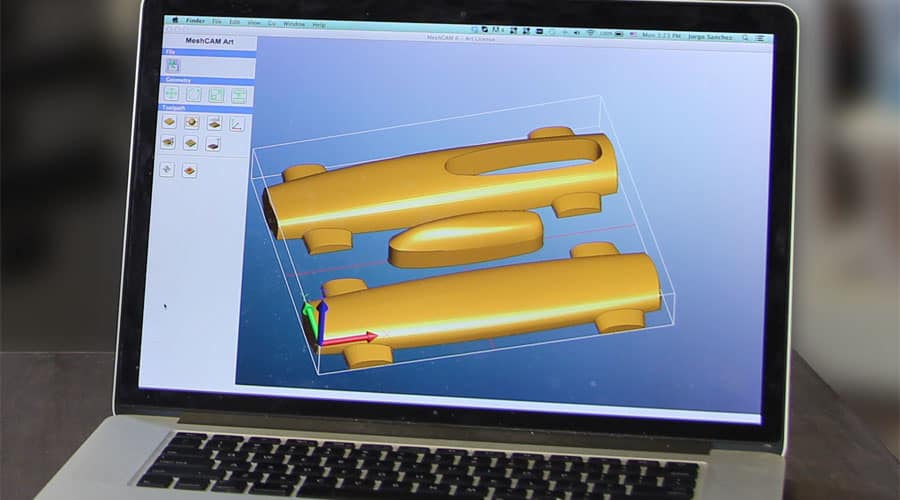
Conversational Programming
Easy Point-and-Shoot G-Code Wizards so you can skip CAD/CAM.
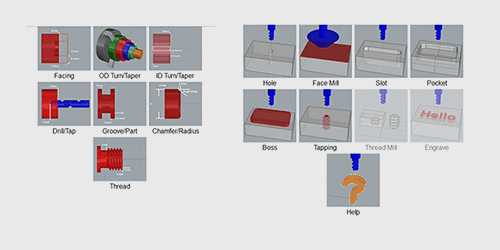
Conversational is Free with G-Wizard Editor, our g-code editor and simulator. GW Editor can really help beginners get their arms around g-code.
Building or Purchasing a CNC Machine
You've got the overall idea of how CNC Parts are made in hand. You know what the CNC Software Stack looks like. By now you're ready to jump in and start choosing your CNC Machine.
Hang on a minute, we'll get there soon. Just know two things.
First, the learning curve on the CNC Software will take a little while. Don't be afraid to start there and even get the point where you are pretty comfortable with it before you buy a machine. Otherwise, you're going to wind up terribly frustrated because you're unable to run your shiny new machine and make parts.
Second, read as much as you can from the rest of this guide. You need these concepts to help you evaluate your machine choices. CNC Machines are pretty expensive, even the hobby-class machines. And building one trades some of that expense for a big investment of your time. Make sure those time and money investments result in the right machine for your needs!
Here's a couple of resources to help you choose and get your CNC machine. If you want to buy an industrial machine, skip ahead past the DIY stuff. If you're a DIY'er, just keep reading.
CNC Basics: DIY CNC Machine Basics
Those of you who want to build your own CNC machine, or at least jump ahead to buying one, have been chomping at the bit. You didn't want to wade through all those basics to get here. But, you'll find having that knowledge will really help you to make the right decisions when building or buying a CNC Machine.
Who would've thought anyone that wanted one could have a CNC machine right in their own home workshop?
You can buy completed machines from companies like Tormach or Carbide3D for very reasonable prices or you can build your own machine, either from scratch or as a conversion of an existing manual machine. Once you have your machine and know how to use it, you'll be able to make beautiful parts quickly and easily.
But, there is a challenge-knowing how to use CNC to create your parts requires you to pick up a number of different kinds of knowledge. It's not hard, but it's also not very well organized or accessible. Until now.
With this page, we're going to bring together links to articles that cover all the basics you'll need to use a CNC machine or to get started with the planning to buy or make a CNC machine. If you go through these articles, you'll wind up with a solid grounding in the basics.
You'll know how things fit together and you'll have the basic background you need to dig deeper into other areas of CNC you get interested in. We'll also organize the page so the order the concepts and articles are presented is an ideal order for you to learn things in.
But, you don't have to stick to that order if you don't want to. Feel free to jump around and check out whatever interests you.
Buying or Building a CNC Machine
This is where you want to start, right? You want to get your hands on that CNC machine. If you're anything like me, you're not thinking about much of anything else. If you're looking to enter the trade, perhaps you're not thinking about Buying a machine right away. That's fine, just skip ahead to the next chapter.
Otherwise, I'm going to start here because it's where everyone wants to start. Just be advised, there's a lot you could learn before getting a machine that would help you to select the best machine for your needs. There's also enough to learn before you make your first CNC part that you should start before getting the machine just so you don't have to look at the idle machine while you're learning.
I'm not saying CNC is hard, but there's a pretty good breadth of information you'll need. Easy to learn, just a lot of pieces to put together. But hey, that's why we wrote this guide for you.
What Kind of a CNC Machine Should You Get?
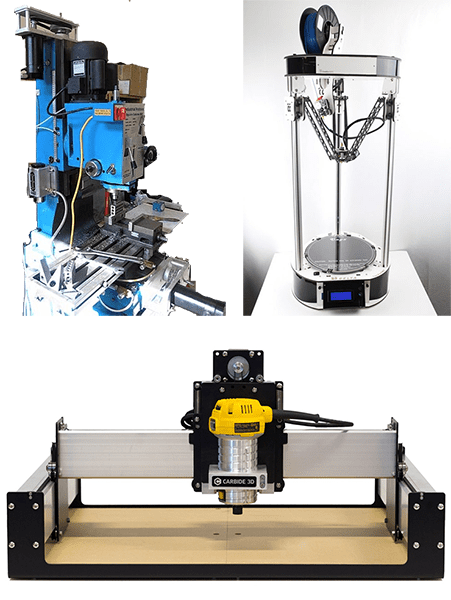
This is an important first question to answer. Most CNC'ers want one of 4 machines:
-
CNC Mill
-
3D Printer
-
CNC Plasma Table
A distant fifth place might be a CNC Lathe, but let's put that on hold for a minute. The good news is we've put together a fabulous article that walks you through it. It considers all 4 machines and walks you through what their capabilities are, how hard they are to build, what it will cost, and so on.
Grab that article right here:
[ 4 Awesome DIY CNC Machines You Can Build Today ]
Buy, Build, or Kit?
Okay, that article talks about Building, but it also applies to helping you choose what kind of machine to Buy.
On the question of Buy or Build, you should boil the decision down to one simple question:
Do you want to make parts sooner or will you enjoy the whole process of building your own CNC Machine?
Before we go any further, let me give you an important caveat. A lot of would-be machine builders want to build to save money. They look at what finished CNC machines cost and it seems scary.
Now here is an ugly little secret-building a machine takes a long time, it's a lot of work, and in the end you won't have saved much money at all.
Wait!
I can already hear many of you rebelling against the notion that building your machine won't save much money. Sorry to burst bubbles, but I've been there and done that. Not just once, but MANY times across many interests. It always starts out seeming like it will save. Once I got a little wiser about it, I rationalized it more as getting started sooner and paying as I went. That latter is closer to the truth.
Take a CNC Milling machine. I converted one from scratch. It took a huge amount of time, and in the end it cost me about $6000 all told. No, I didn't have to pay that all up front, but you can buy a nice little Tormach for that price and be making parts right away.
That's me, building CNCCookbook's Shapeoko CNC Router Kit...
Kits: Best of Both Worlds?
If you really want the best of both worlds, look into kits. The Shapeoko (watch me build one in the video above), for example, is a great CNC Router kit. Having a packaged kit like the Shapeoko that's been well engineered and has good documentation will save you a huge amount of time. Yet, you can still get one relatively cheaply.
We built a Shapeoko at CNCCookbook and it has been a lot of fun.
Here's the other big advantage to a kit: there will be others with machines just like yours. You can ask them questions for help and you can see what they've built or done with their machines. What an inspiration!
Buying an Industrial or "Pro" CNC Machine
What's the Best Machine for My Needs?
Good news!
We can figure this out scientifically if you're looking to be a Pro and start a CNC business. If you're only interested as a Hobby, go back up and read that DIY article on which machine types. Choose a type, then look at what you can afford. See also our article below on how to afford a new machine.
OK, let's see about choosing a new CNC Machine for a business scientifically. You know, in a way that ensures you don't get too much or too little machine.
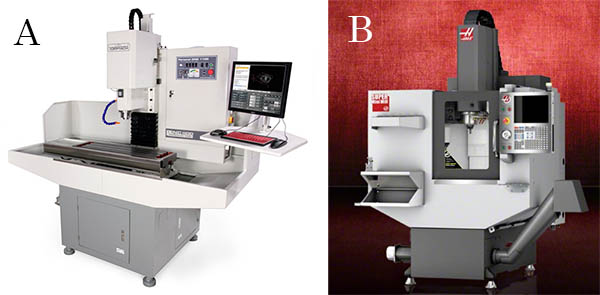
Which machine is better for your business, Machine A or Machine B?
We’ve all been there–pouring over machine catalogs and specifications. This one is so cool–the spindle goes 86 zillion rpms, the rapids are faster than light speed, and the tool changer, oh my, THE TOOLCHANGER!!!
But is the biggest baddest machining center always the right choice for your business? Or maybe you can justify an even more potent machine than the ones you are considering? How would you know? How can you make that decision based on logic and hard facts that will pay off in the long run?
These are questions every would-be CNC Business owner faces when they start, and if the business is successful, eventually they’ll need to revisit the question again.
To see how to figure this out objectively, with an eye towards maximizing your success, check out this article:
[ Help: I Need to Choose the Best Machine for My CNC Business ]
What About Used Machines?
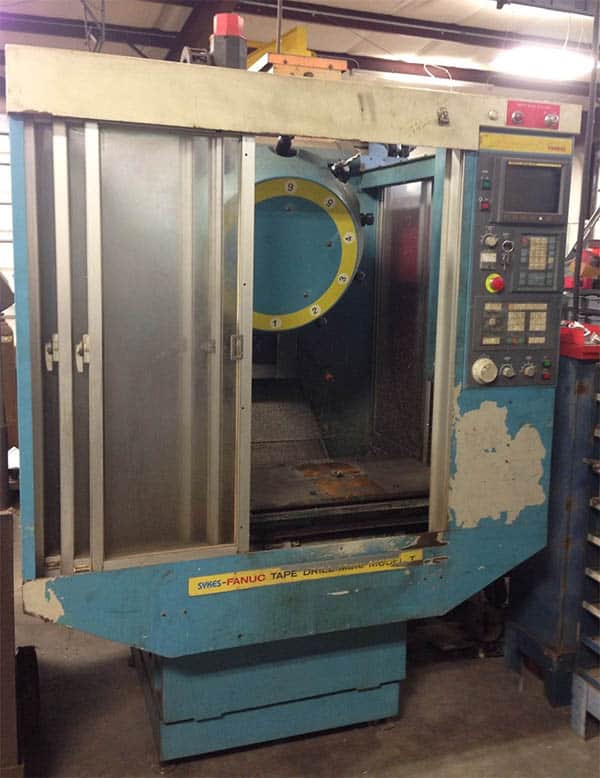
Cheap? Yes, to get it off their floor and on to yours. But to get it working properly? Maybe not so cheap!
Don't get me started here! Oh wait, you already did. So here's the deal:
Some large number of you are thinking you can get a more powerful machine at a great price by purchasing a used machine.
A used industrial CNC can be a fabulous investment. It can also be your worst nightmare.
Parts for them are often very expensive and some of the machines were beat to death by their previous owners. What you have to ask yourself is whether you're qualified to tell which machines are the good deals and which are the nightmares? Also, if you do have a problem with a used machine, are you qualified to diagnose and fix it, or can you afford to call out the service men?
I'm not saying it can't be done, but I do wonder whether a CNC Beginner is the best person to try.
How Can I Afford a New Pro CNC Machine?

Dude, have you seen what these CNC machines cost?
CNC is one of my favorite things in the world, and it is amazing that an individual these days can actually have a full-blown CNC machine that’s more powerful than the machines used to put men on the moon right in their own garage. Heck, they’re capable of generating a decent living for you too, if you are a reasonably clever business person. But, the initial startup costs can seem steep.
This article is all about how to approach the affordability issue:
[ Help: How Can I Afford to Buy a CNC Machine? ]
CNC Basics: Learn Basic Tooling and Workholding
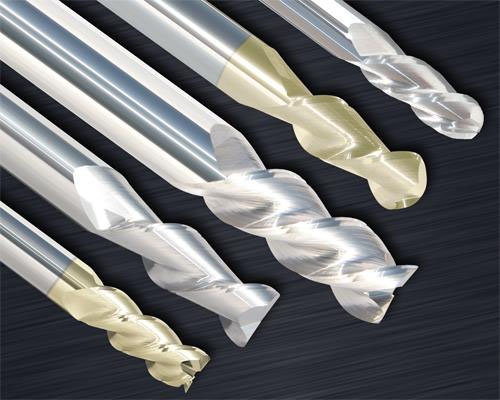
Having gotten a few basics under our belts at the 10,000 foot level, it's time to delve into some of the basic tooling and workholding every machinist should know, CNC or otherwise.
Let's start with some basic terminology. All of the things we discuss in the tutorials below are Tooling. Tooling consists of the mechanical things we use with our CNC Machine to make parts. Examples:
-
Cutters: These are the elements of tooling that have the sharp edges that slice chips out of the material we are machining.
-
Workholding: Vises, clamps, and many other kinds of tooling are focused on holding down the workpiece so we can accurately machine it without it moving or flexing.
-
Measuring Tools: Machining is about precision. It can range from 1/10's of inches to ten thousandths (1/10000) or less. We use specialized measuring tools to make such precise measurements. The simple rulers and tape measures from carpentry are no longer enough.
Note that the articles in this section are a bit specialized. Choose the ones that are appropriate to the kind of machine you'll actually be using first, then branch out and see how some of the other machines work for comparison.
CNC Mill Cutter Types and How to Use Them
Learn the basics of cutters used with CNC Milling Machines.
Ultimate Guide to Selecting Toolholders for Milling
Hey, that cutter has to be held in the spindle somehow-what's the best way?
CNC Router Cutter Types and How to Use Them
Upcut, Downcut, Compression Cutters, Straight Flutes, Diamond Cutters: There are quite a few different cutter types in the CNC Router arsenal, and it's important for CNC Router users to have a basic idea of what each one is for.
CNC Lathe Tooling
This article on tooling up a CNC lathe will give you a good introduction to the types of cutters you'll be using with a lathe.
Complete Guide to Machinist Vises
If you're using a CNC Mill, the most common way to hold the workpiece is a Machinist Vise.
CNC Milling Machine Workholding
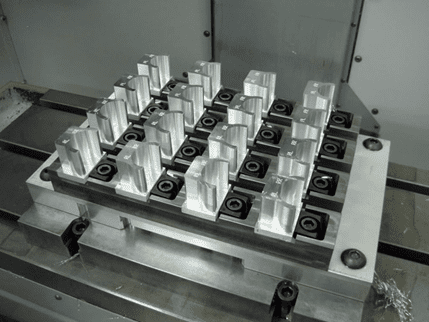
Workholding is all about how to hold your parts down for machining so they can't move or flex...
Milling Vises, Step Clamps, Fixture Plates, and all the rest. There's a plethora of workholding solutions available for mills and this article walks through them.
CNC Router Workholding
Spoilboards, Clamps, Vacuum Tables, and more.
CNC Lathe Workholding
We've categorized the different workholding methods for lathes based on their precision, repeatability, and convenience. This makes it easy to choose the most convenient workholding solution that will work for your application.
Basic Measuring Tools
We have a number of great articles and tutorials about measuring tools:
- Metrology Guide: This is our giant encyclopedia that talks about all the many different tools. Use it as a reference to look up specific tools you need to learn more about, or to find what tool is best to measure something you're interested in.
- How to use Calipers: Calipers are the most common measuring tool you'll start to use.
- How to use a Dial Indicator: Dial indicators are useful for setting up jobs and adjusting your CNC machine.
- How to use Edge Finders: Edge Finders are also use for setting up jobs on your CNC machine.
- How to use a Micrometer: Micrometers are one of the first super-precision measuring tools you'll learn to use.
Acquire measuring tools as you need them.
CNC Basics: CNC History and CNC Dictionary
Whoa! Cooking with fire now. You've got a lot of great info that gives you insights into the Big Pictures for:
- Making a CNC Part
- CNC Software
- Building or Buying Your First CNC Machine
Let's get two more "Big Picture" resources in your hands while we're at this:
CNC Machine Overview and Computer Numerical Control History
Understanding history is another way to get oriented and get perspective. It's amazing that individuals can build or own machines that rival the power of the original CNC machines being created for defense and aerospace applications just a few short years ago. See how that evolution unfolded.
CNC Dictionary
As a beginner, you'll come across CNC terms that you don't know. Keep this link handy in case you hit a term you don't know. Our CNC Dictionary makes it easy to find out what all the terms mean.
What's Next?
I'm going to list a few more resources below, but there's the good news:

You're Ready to Acquire a CNC Machine and Get Started Making Parts!
If you've kept up with the Firehouse of CNC Beginner Information above, Congratulations! Seriously.
You've got the overview on everything. You've got a bunch of pointers to even more articles on CNCCookbook you can drill down on to learn more. It's time to make choices that lead you to the next step:
- Choose your CAD, CAM, and Feeds Speeds Software. Purchase and start learning it in earnest. Do this BEFORE you buy a machine as you want to get through the learning curve and it takes some time.
- Choose your CNC Machine and get going on acquisition or a build.
- Choose your first CNC Project. What do you want to make with your machine?
After you do those three, it's all about Git ‘er done!
Let your choices of software, machine, and first project guide your learning towards the goal of what you need to finish that first project. A few suggestions:
- Use an easy-to-machine cheap material. I highly recommend wood for your first project. It does make kind of a mess in machines intended for metal, but it's nothing a Shop Vac won't clean up quick.
- Keep it simple. Your first project is not the time to build a working scale model of a Ferrari V12 engine. You will get to that later, LOL!
- Stay focused until it is done. Seriously, I mean DONE. That way, you've covered all the bases and you have something to show for it.
Want some project ideas? Here's my giant list of CNC Projects.
Have fun!
More CNC Resources
What About G-Code?
Yeah, you know it's out there. You don't strictly need to know it for your first project, but not too long after, you want to Learn Enough G-Code and CNC Machine Basics to Use CNC Like a Manual Machine Tool. We can help, naturally!
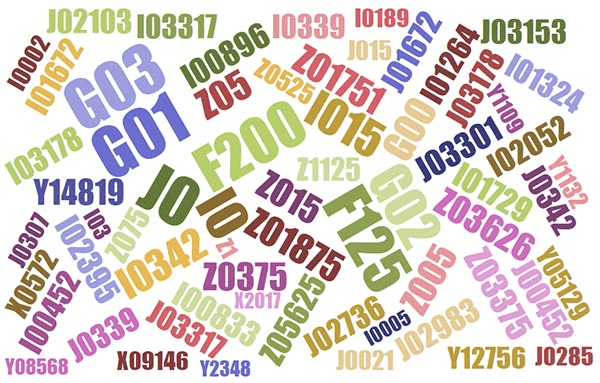
Full on CNC programs are capable of doing some very complex things. It's almost magical to watch a complex CAD drawing first get converted to g-code by CAM software and then to see the actual 3 dimensional part taking shape (as it were) as all the chips that are not finished part get machined away.
Because the process seems complex to the uninitiated, it's very easy for manual machinists to conclude its only good for making really complex parts or large production runs of simple parts. But you can do most anything on a CNC Machine that can be done on the manual tool and often faster and better.
Admittedly, most of your CNC Programming will be done using CADCAM software as we talked about just above. But that doesn't mean you should ignore g-code. It's worth learning how to do basic manual-style machining on your CNC if you've ever done any manual machining because your learning curve will be short and you'll suddenly see how a lot of things go together.
But even if you've never done any manual machining, it's still worth knowing how to do the simple things easily, without recourse to CAD or CAM, because again, it keeps the learning curve to getting simple things made less daunting.
The other reason to learn g-code at least this well is you're going to see it flowing by on your machine controller's screen. You'll understand what the machine is doing a lot better if you can equate them most common g-codes you see coming up with what the machine is likely to do when it executes them. You'll also have a much easier time making simple changes to the g-code programs your CAM software generates, which can save you a lot of time and effort.
Lastly, sooner or later you'll need to deal with g-code. Perhaps a cutter will break in mid-program and you want to know how to get the program back on track without starting over.
The good news for all this is we have put together one of the best g-code training resources available, and it's completely free:
CNC Programming with G-Code: The Definitive Guide
6 Best Books for CNC Machinists
Do you like good old fashioned books on paper? Here are the 7 best books for CNC'ers that I know.
More killer free training from CNCCookbook. This Master Class is an email course that takes you from Beginner to Expert on Feeds & Speeds. It even includes free Feeds and Speeds Calculators.
8 Ways to Locate Part Zero On Your CNC Machine

That fancy gadget is a Haimer 3D Taster. This article walks you through how they're used...
Locating Part Zero is an important part of your CNC Basics. It is something you'll do every single time you make a part. Basically, you have to tell the CNC Machine physically where the coordinates 0, 0, 0 (XYZ) are located relative to the part. This article shows you all the best ways to save time and make sure your parts are accurate when locating Part Zero.
"Beginner" Blog Category: Best Blog posts for beginners.
Hey, there's a reason we're the most popular CNC-related blog on the Internet. Check out all the articles we've written to help you learn more about CNC.
How About Some Free CAD Files to Play With?
Start out with these simple designs you can use to make cool signs and engravings. They're a great way for you to practice your CNC techniques with proven graphical designs.
Be the first to know about updates at CNC Cookbook
Join our newsletter to get updates on what's next at CNC Cookbook.
